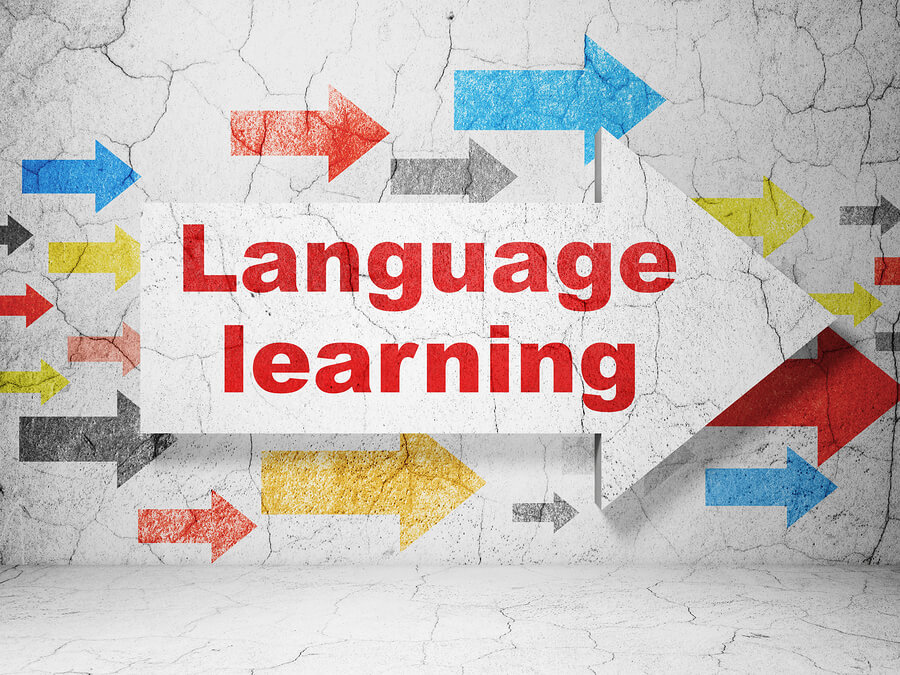The main aim of having an email marketing strategy is:
- for a better understanding of your customer;
- to improve customer engagement;
- to increase customer loyalty;
- to save money;
- to boost sales.
One of the hardest challenges today of running a business is developing the most effective marketing strategy so that you can compete successfully with competitors. According to current statistics from many leading brands, email marketing provides the highest marketing returns on investment (ROI) than any other known marketing channel.
When you translate your email marketing, you will open the door to starting a conversation with potential international customers. Your international customers will appreciate your efforts to communicate with them in their own language.
Building a loyal customer base is the main target of a professional marketer, but simply putting your emails through Google translate isn’t sufficient you will need to hire professional translators so that your email content looks and sounds natural. Trained professional translators don’t just translate text but they will also adapt the translated language so that it considers the socio-cultural differences in each of the countries you wish to target with your email marketing campaign. Email marketing is one of the most cost-effective marketing channels available.
Boosting sales
A translated email marketing campaign will boost your sales, and increase your returns. If you have just a few subscribers on your email mailing list who aren’t able to speak any English but are eager to purchase if they are able to understand more then this is a good reason to get your email marketing campaign translated as soon as possible.
Increases your global market
If you want your products and services to be known internationally you should be able to connect with your customers in their languages. There is no better way of doing this than translating your email marketing materials.
More precise information for foreign clients
Another important reason why your email marketing needs translation is so that you can convey information much more clearly to your foreign clients. People who do not speak English as a native language are likely to skip over your email or delete it, instead of exerting the effort to understand complex words that are not easy for them to understand.
On the other hand, if you have the content of your email translated into the language that your clients speak comfortably, then you can communicate with them much more effectively and they will be able to understand your message better. Ultimately, they will be able to better appreciate what you are saying about your products or services, and they will be more likely to make a purchase.
How to translate marketing emails
There are many methods of automatically translating emails such as Google Translate. But as this is not yet considered to be the most effective and accurate way of translating a professional email translator should be sought to translate marketing emails. You will only get your business embedded in the international market if your marketing emails are accurately translated. Accuracy is what consumers prefer and mistakes are unacceptable.
Conclusion
Don’t miss out on the market potential of emails and begin translating your email content as soon as you can. Just look out for the best translators who have been successful in engaging clients with their state-of-the-art and effective email translations. Professional translations of emails may help you connect to potential consumers. Customers prefer to see products promoted in their native language so multilingual email marketing can be the most effective way to reach out to potential customers.












